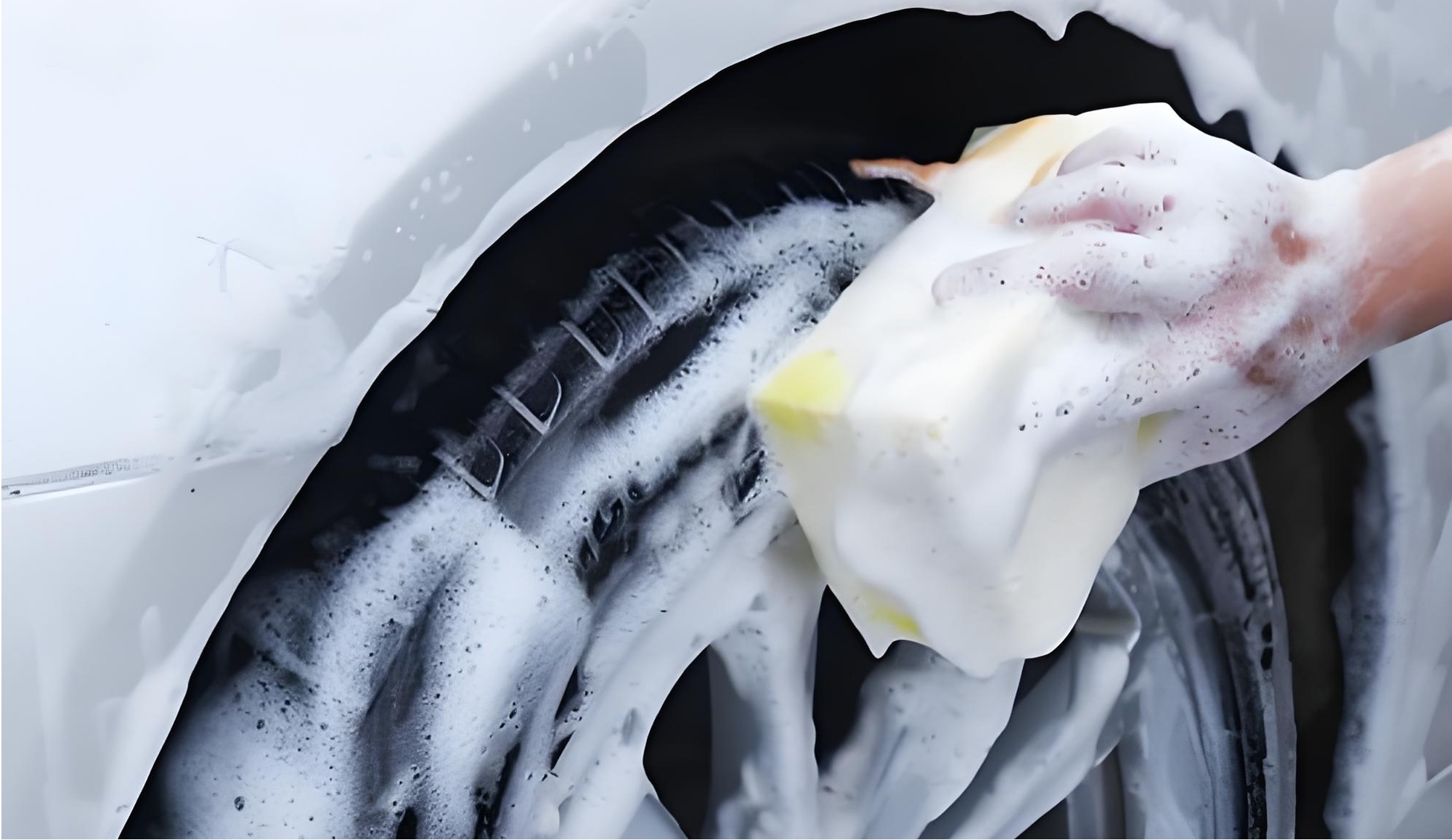1.Wetting action (Required HLB: 7-9)
Wetting refers to the phenomenon where the gas adsorbed on a solid surface is replaced by a liquid. Substances that enhance this replacement capability are called wetting agents.Wetting is generally divided into three types: contact wetting (adhesion wetting), immersion wetting (penetration wetting), and spreading wetting (spreading).
Among these, spreading is the highest standard of wetting, and the spreading coefficient is commonly used as an indicator of wetting performance between systems.
In addition, the contact angle is also a criterion for evaluating wetting effectiveness.
The use of surfactants can control the wetting degree between liquids and solids.
In the pesticide industry, some granules and powders for spraying contain certain amounts of surfactants. Their purpose is to improve the adhesion and deposition of the agent on the treated surface, enhance the release rate and spread area of the active ingredients under moist conditions, and improve disease prevention and control effects.
In the cosmetics industry, as an emulsifier, it is an indispensable component in skincare products such as creams, lotions, cleansers, and makeup removers.
2.Foaming and defoaming actions
Surfactants are also widely used in the pharmaceutical industry. In pharmaceutical formulations, many poorly soluble drugs such as volatile oils, fat-soluble cellulose, and steroidal hormones can form clear solutions and increase concentration through the solubilizing action of surfactants.
During pharmaceutical preparation, surfactants are indispensable as emulsifiers, wetting agents, suspending agents, foaming agents, and defoaming agents.Foam consists of gas enclosed by a thin liquid film. Some surfactants can form films of certain strength with water, enclosing air to create foam, which is used in mineral flotation, foam fire extinguishing, and cleaning. Such agents are called foaming agents.
Sometimes defoamers are needed. In sugar refining and traditional Chinese medicine production, excessive foam can be problematic. Adding appropriate surfactants reduces film strength, eliminates bubbles, and prevents accidents.
3.Suspending action (Suspension stabilization)
In the pesticide industry, wettable powders, emulsifiable concentrates, and concentrated emulsions all require certain amounts of surfactants.Since many active ingredients in wettable powders are hydrophobic organic compounds, surfactants are needed to reduce water’s surface tension, enabling the wetting of drug particles and formation of aqueous suspensions.
Surfactants are used in mineral flotation to achieve suspension stabilization. By stirring and bubbling air from the bottom of the tank, bubbles carrying effective mineral powder gather at the surface, where they are collected and defoamed for concentration, achieving enrichment.Sand, mud, and rocks without minerals remain at the bottom and are periodically removed.
When 5% of the mineral sand surface is covered by a collector, it becomes hydrophobic and attaches to bubbles, rising to the surface for collection.The appropriate collector is chosen so its hydrophilic groups adhere only to the mineral sand surface while the hydrophobic groups face the water.
4.Disinfection and sterilization
In the pharmaceutical industry, surfactants can be used as bactericides and disinfectants. Their disinfection and sterilization effects result from strong interactions with bacterial biofilm proteins, causing denaturation or loss of function.
These disinfectants have high solubility in water and can be used at varying concentrations for:
·Pre-surgical skin disinfection
·Wound or mucosal disinfection
·Instrument sterilization
·Environmental disinfection
5.Detergency and cleaning action
Removing grease stains is a complex process related to the aforementioned wetting, foaming, and other actions.
Detergents typically contain multiple auxiliary components to:
·Enhance wetting of the object being cleaned
·Generate foam
·Provide brightening effects
·Prevent re-deposition of dirt
·The cleaning process of surfactants as the main component works as follows:
Water has high surface tension and poor wetting ability for oily stains, making them difficult to remove.After adding surfactants, their hydrophobic groups orient toward fabric surfaces and adsorbed dirt, gradually detaching the contaminants. The dirt remains suspended in water or floats to the surface with foam before being removed, while the clean surface becomes coated with surfactant molecules.
Finally, it should be noted that surfactants function not through a single mechanism but often through the combined effect of multiple factors.
For example, in the paper industry, they can serve as:
·Cooking agents
·Waste paper de-inking agents
·Sizing agents
·Resin obstacle control agents
·Defoamers
·Softeners
·Antistatic agents
·Scale inhibitors
·Softening agents
·Degreasing agents
·Bactericides and algaecides
·Corrosion inhibitors
Post time: Sep-19-2025


